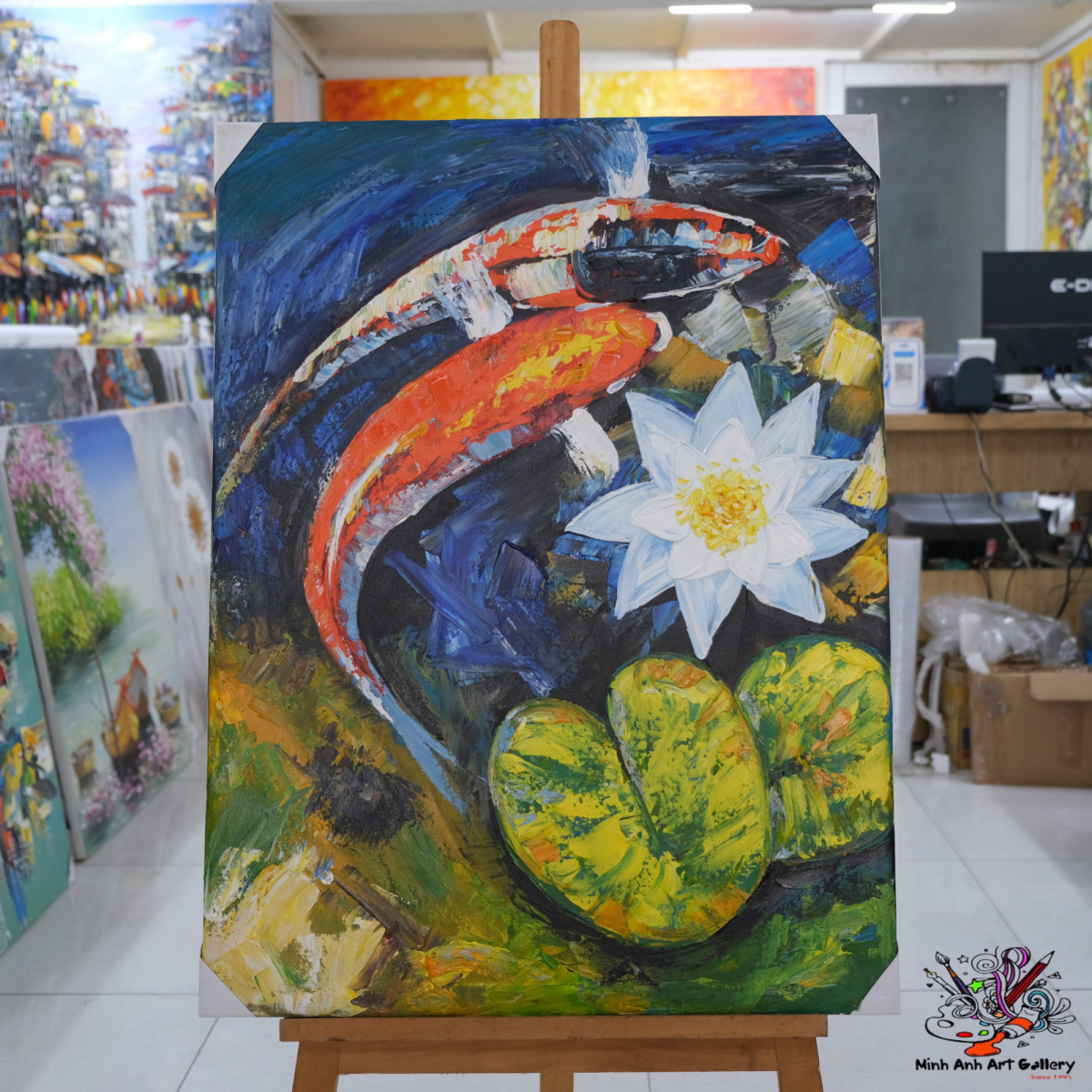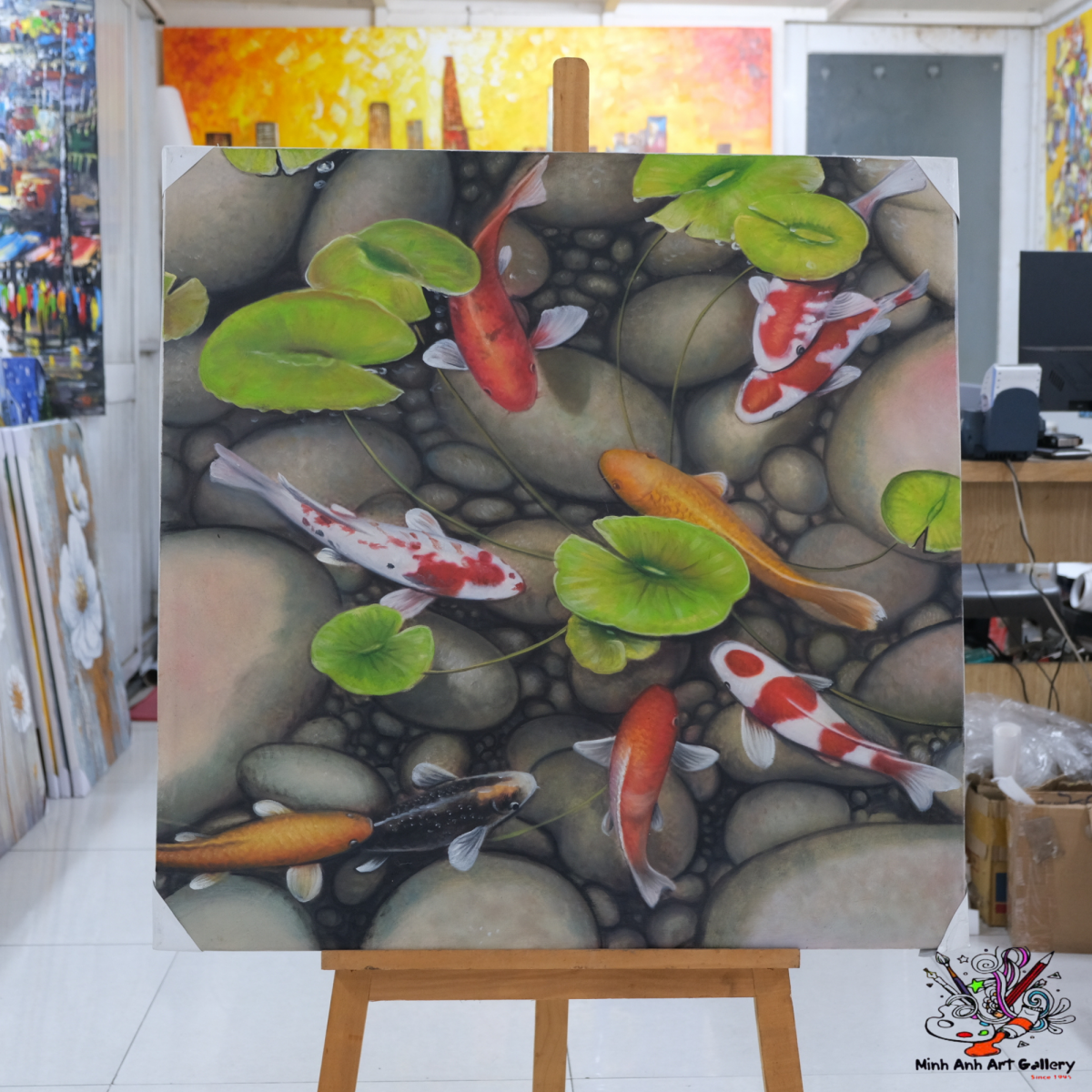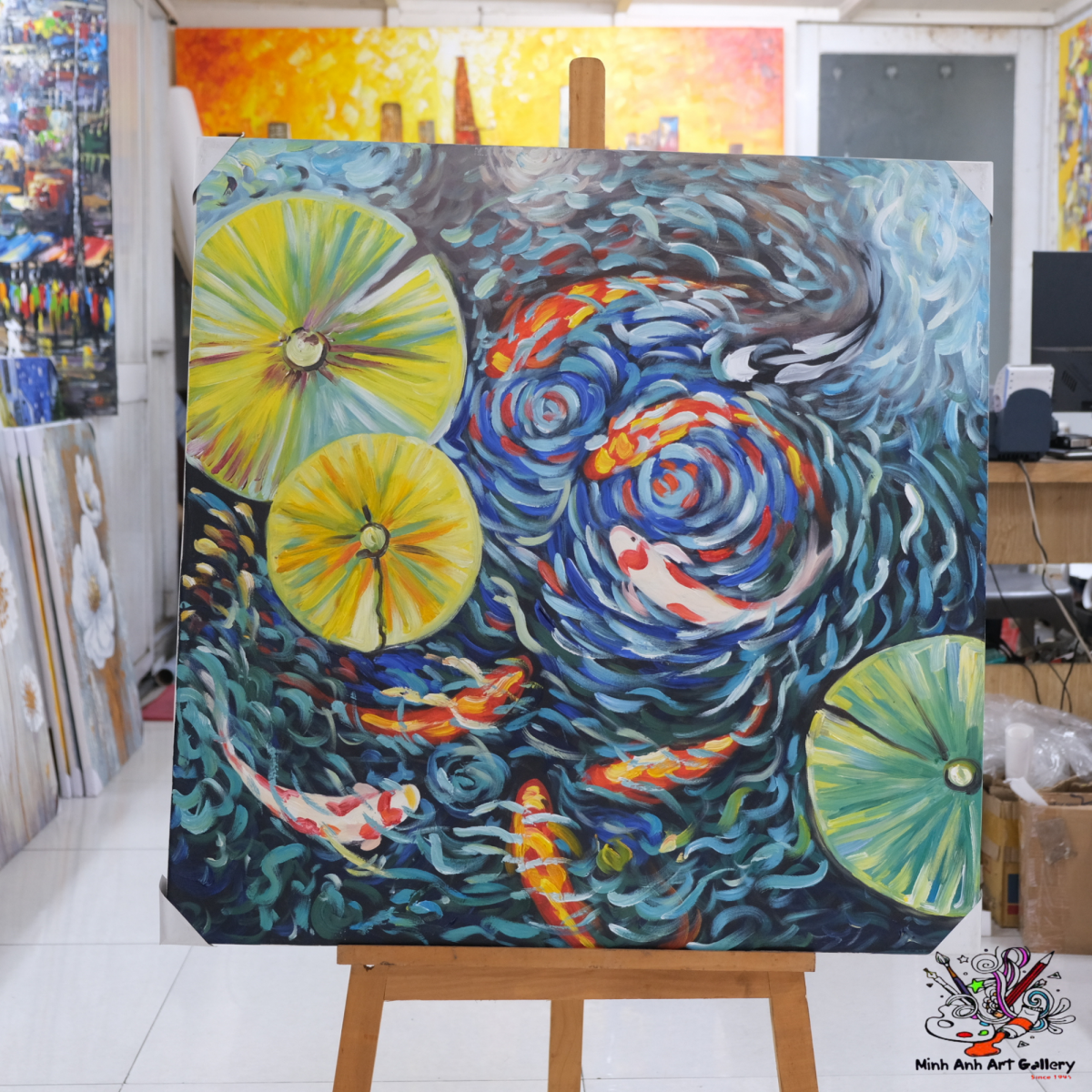You’ve got art. Maybe you've spent years building your personal collection—paintings, sculptures, or rare prints that speak to your soul. But here's a thought: why not let that passion pay the bills?

In today's digital age, collectors are cashing in on their aesthetic eye. Whether it's an inherited piece or something you've snagged at a flea market, the value of art isn't just emotional—it can be financial too. People are flocking to the internet, hunting for the next inspiring piece, especially from curated art collections that carry a unique narrative.
You don’t need to own a Van Gogh to turn a profit. In fact, modern art collections are in high demand—thanks to their edgy, relatable vibes that resonate with younger buyers.
From abstract prints to minimalist sketches, anything that connects with an audience has potential. And yes, that dusty fine art collection in the attic? It might just be your golden goose.
Let’s break it down.
Begin by categorizing your art—paintings, digital prints, sculptures. Ask yourself: what's sellable? What tells a story?
Do your homework. Is there a niche for what you own? Is your style trending? Tools like Google Trends or browsing other art collection online listings can give you a sense of what buyers want.
Whether it's your own website or platforms like Etsy or Shopify, you’ll need an online storefront. We'll dive into that shortly.

Buyers love a backstory. Is your artwork part of a limited series? Was it featured in a contemporary art gallery? Highlight its uniqueness.
Benchmark your pricing against similar pieces. If unsure, get a professional appraisal—especially if your piece was part of famous art collections or local showcases.
You’ve got the art—now it’s time to get seen.
What do you stand for? Are you an eco-conscious collector? A minimalist curator? Let that identity shine through in everything—from your logo to your tone of voice.
Don’t just rely on third-party platforms. A personal site builds credibility. You can even create immersive experiences through a art gallery collection tour—bring your audience straight into your gallery, virtually!
Imagine giving visitors a front-row seat to your gallery—without them leaving the couch. A well-executed virtual tour offers depth, detail, and a personalized experience.
Instagram, TikTok, Pinterest—they’re not just social tools; they’re visual playgrounds for art lovers. Use relevant hashtags, write SEO-friendly descriptions, and drive traffic straight to your site or shop.
Already overwhelmed? Don’t go at it alone.
Consider partnering with an art collection gallery that already has built-in traffic. It’s a win-win—they get variety, you get visibility.
Some private art galleries are open to collaboration. Approach them with a solid pitch and your best pieces.
Websites like Saatchi Art, Artfinder, or even eBay have a growing audience for niche artwork. You handle the listing—they handle the logistics.
It’s not just about the first sale—it’s about the next ten.
Start an email list. Offer sneak peeks, discounts, or art education. Write blog posts detailing your artistic journey or behind-the-scenes stories. Build trust.
Don't just say “Oil on canvas, 40x60.” Say “A stormy landscape captured on a rainy afternoon, inspired by the misty hills of Da Lat.” Good art sells better with great words.
Collectors today love personalization. They’re not just buying decor—they’re buying meaning. Trends show increasing interest in famous art collections, mixed media, and cultural storytelling.
Want to create excitement? Host timed auctions for limited releases.
You don’t need a physical venue. Run virtual art gallery exhibitions using Zoom, YouTube Live, or even Meta events.
Don’t overlook the paperwork. Ensure you hold the rights to resell or reproduce art. If it's digital art, watermark your images. When in doubt—talk to a lawyer.
Many side hustlers have scaled into full-time curators. Some started by listing a few prints and ended up launching full-blown curated art collections across multiple platforms.
Poor Photography: Don’t shoot your art in dim lighting on a wrinkled bedsheet.
Overpricing: Know your market and don’t get greedy.
Ignoring SEO: If no one finds you, no one buys.

Starting a side hustle with your art collection online isn’t just about selling—it’s about sharing your love for art with a broader audience. Whether you’re showcasing works from art gallery exhibitions or just pieces that speak to your soul, there’s someone out there looking to buy what you treasure.
And who knows? That side hustle might just become your full-time calling.
1. Can I sell digital art as part of my collection?
Absolutely! Digital art is booming—just make sure you have proper copyrights and delivery formats.
2. How do I know what price to set for my artwork?
Research similar pieces online, consult with galleries, or hire an appraiser. Never guess.
3. Do I need to be an artist to start a collection-based business?
Nope. You just need an eye for curation and a passion for connecting others with art.
4. What are the best platforms for beginners to sell art?
Start with Etsy, Saatchi Art, or consider building your own site to have full control.
5. How often should I update my art listings online?
At least once a month. Consistent updates show that you’re active and engaged.
Message:
Written with love for Minh Anh Art Gallery
Gallery: 101 Bui Vien St, District 1, Ho Chi Minh City, Viet Nam
Phone: (+84) 962 720 484
Email: minhanhart.vn@gmail.com
Website: https://minhanhart.vn/